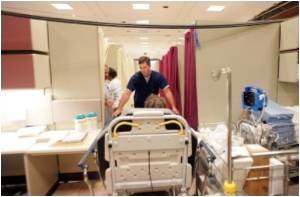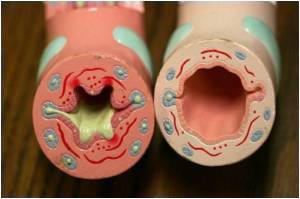
A recent study by Dr. Jeannie P. Cimiotti of Rutgers College of Nursing and co-researchers concludes that the degree of "burnout" experienced by nurses could relate directly to the frequency with which patients acquire infections during hospital stays. Focusing exclusively on urinary tract and surgical site infections, the researchers found that while a significant correlation existed between the occurrence of such infections and the number of patients assigned to nurses, nurse staffing became less of a factor after accounting for nurse burnout.
From a sample of 161 acute care hospitals in Pennsylvania and an average of 45 nurses working at each sampled hospital, Cimiotti and her team measured nurse burnout using the Maslach Burnout Inventory-Human Services Survey. According to Maslach's theory, a critical component of burnout in nurses and other health care professionals is "emotional exhaustion." Emotional exhaustion is associated with emotional and cognitive detachment from work as a mechanism for coping with the demands and responsibilities of the job.
"We hypothesize that the cognitive detachment associated with high levels of burnout may result in inadequate hand hygiene practices and lapses in other infection control procedures among registered nurses," the researchers suggest. The researchers found that every 10 percent increase in burned-out nurses in an acute care hospital increases the rate of urinary tract infections by nearly one per 1,000 patients and increases the rate of surgical site infections by more than two per 1,000 patients.
"These findings are both statistically and clinically significant," the researchers posit. "If the proportion of nurses with high burnout could be reduced to 10 percent from the average 30 percent, some 4,160 infections would be prevented …, leading to an estimated savings of $41 million." Not to mention the saving of many lives.
To reduce nurse burnout, the researchers recommend the implementation of organizational changes that effectively build job engagement. Examples include educational interventions, performance feedback, and social support.
Advertisement
Source-Eurekalert












